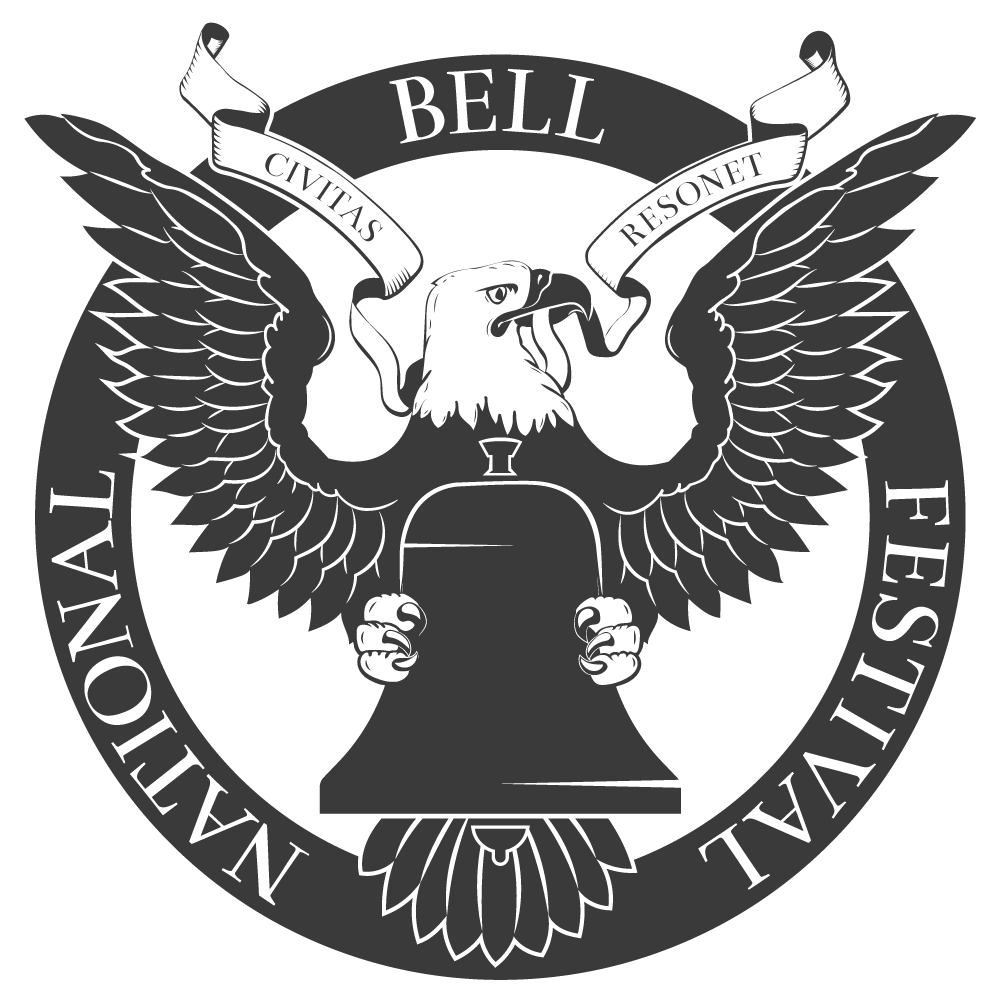Labor Day, observed on the first Monday in September, honors the contributions and achievements of American workers who have built and sustained the nation’s strength, prosperity, and well-being. Originating in the late 19th century during the height of the Industrial Revolution, the holiday emerged from the labor movement’s fight for fair wages, safer working conditions, and reasonable hours.
First celebrated in 1882 in New York City, Labor Day became a federal holiday in 1894. Today, it serves both as a tribute to the labor force and as an unofficial end to summer, marked by parades, barbecues, and community gatherings across the country.
When should bells ring on Labor Day?
Bells may ring 13 tolls at 1:00pm on the first Monday in September.
Alternatively, a peal, quarter peal, or general ringing may begin at noon. Carillons, chimes of suitable range, and handbell ringers may play a recital of pieces appropriate to the occasion.
The bell ringing schedule may be adjusted to better align with local community observances, which may be marked at differing times – for instance, on the preceding Sunday.
Some groups may choose to ring in honor of specific subsets of the labor market. For instance, an annual bell ringing event invites towers to ring in support of the countless women who worked on the home front during World War II. Collectively known as Rosies (from the Rosie the Riveter cultural icon), these women worked in factories, farms, shipyards, and more with one singular and united focus: to support, shorten, and win the war.
Cover image: A young girl smiles as she rings a handheld teacher’s bell outside.

